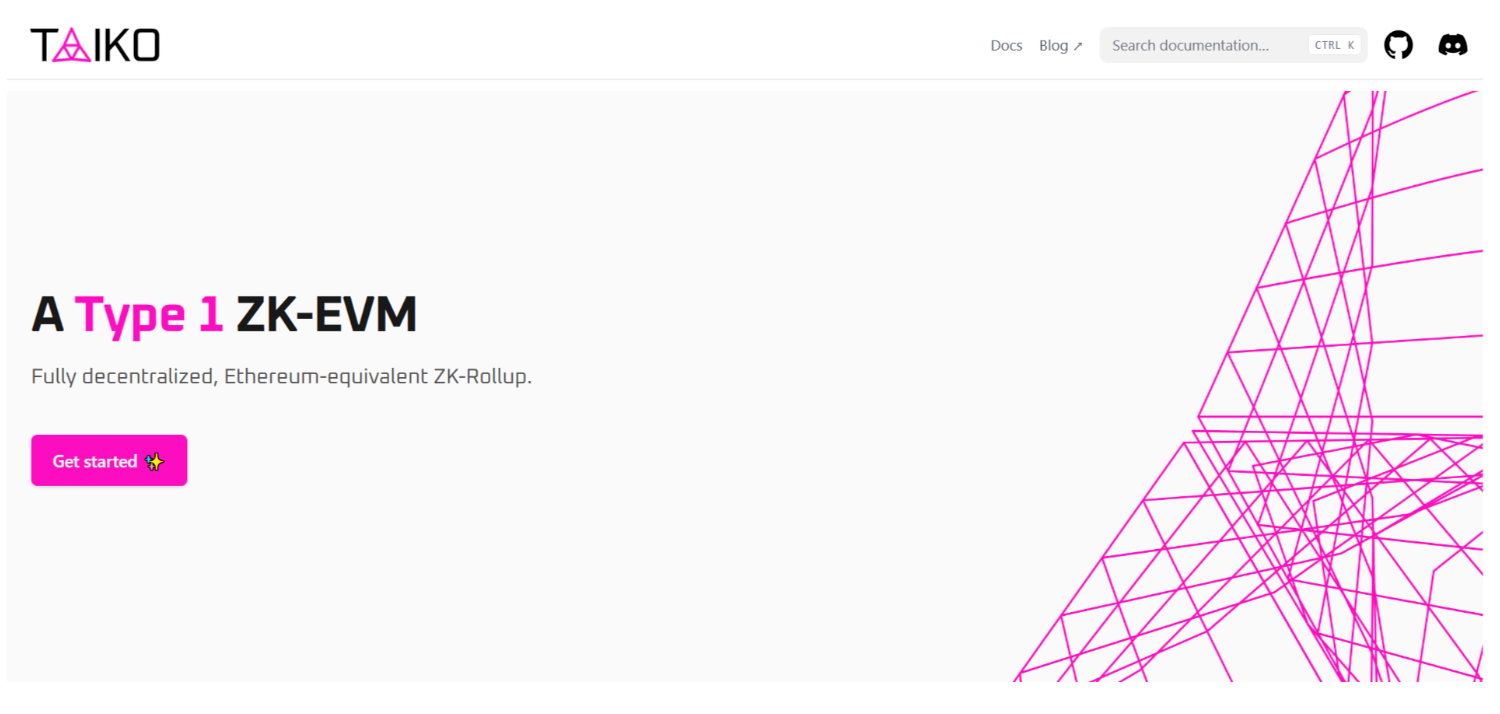Dear Bankless Nation,
Arbitrum and Optimism may be the layer-two networks you're hearing the most about right now, but there are plenty of upcoming lesser-known projects you should definitely be watching.
Today, we dig into the alternative L2 scene and uncover how you can get started trying these networks out now.
- Bankless team
Bankless Writer: William Peaster
Just one year ago, the forefront of Ethereum’s layer-two (L2) scaling solution scene was the “Big Four” — i.e. Arbitrum, Optimism, zkSync, and Starknet. As of this year, though, it’s safe to call it the “Big Five” per the arrival of the Polygon zkEVM. But what about the notable L2 frontiers beyond these major players?
To answer that question, we’re digging into the top 5 upcoming L2s that currently just have testnets out but have big future potential!
- Goal: Learn about the next big wave of L2s
- Skill: Intermediate
- Effort: 1 hour to start
- ROI: Advancing your L2 skill tree + potential airdrop opportunities
There’s good reason to be exploring L2s these days, because these scaling solutions are absolutely booming adoption-wise right now.
In other words, lots of activity that was previously congesting Ethereum is now migrating to its leading L2s like Arbitrum and Optimism. With the tides shifting as they are, it’s never been clearer that the future of Ethereum will depend on a teeming, varied L2 ecosystem.

At this point, you may have tried all of the big L2s that have live mainnets, but what about the next major wave of networks that are just starting to make moves? Let’s hone in on the 5 most exciting up-and-coming L2s that you should be tracking!
1. 🔵 Base

Coinbase recently introduced Base, an optimistic-style L2 rollup that the crypto exchange juggernaut is building on Optimism's OP Stack with plans for a mainnet release later this year.
Coinbase had previously considered launching an L1 blockchain similar to Binance Smart Chain but opted for an interoperable, Ethereum-based solution instead. That said, Base is aimed at becoming a permissionless L2 with a focus on decentralization and security. Coinbase will be the rollup’s sole sequencer at genesis, though the company plans to transition to a permissionless validator set over time.
Through this L2, Coinbase plans to position itself as a premier gateway to onchain activity, one capable of plugging users directly into the world of Web3. With 110 million verified users, Coinbase is well-positioned to steward this L2 to success over time, and while there are currently no plans for a BASE token, it remains to be seen if that dynamic will stay the case forever.
How to try Base

Base is only live as a testnet right now. To try the network, you first need to add the Base Goerli Testnet to your wallet.
The Coinbase Wallet browser extension supports the testnet by default, or you can find it in the Coinbase Wallet app through the “More Networks” and then “Testnets” tabs. For other wallets like MetaMask, you can use a service like ChainList to quickly add the testnet.
Once you’re ready, you can practice bridging funds between Ethereum’s Goerli Testnet to Base Goerli using the Base Bridge. If you need some Goerli ETH or Base Goerli ETH to get started, Coinbase offers a faucet system that will drip you a small amount every day. Besides bridging, software engineer and NFT innovator cygaar has created a test NFT contract on Base that you might also consider minting from.

2. ⛽ Fuel
Fuel is an L2 being developed by Fuel Labs that is designed to leverage the increased bandwidth capacity that’s resulting from the ongoing shift in L1 blockchains toward modular designs.

The project is aimed at becoming the fastest and most efficient execution layer for the modular blockchain stack, while also being highly secure and flexible.
Zooming in, Fuel's technology is built on three central pillars: parallel transaction execution, the Fuel Virtual Machine (FuelVM), and a user-friendly developer experience with Sway. Parallel transaction execution allows for better computation and transactional throughput, the FuelVM reduces wasteful processing and expands the potential design space for developers, while Sway provides a powerful dev experience.
How to try Fuel
The Fuel L2 is currently in its Beta-3 testnet phase. Accordingly, to try this scaling solution right now you would first need to follow these steps:
- Download the Fuel Wallet and follow the install instructions at https://wallet.fuel.network/docs/install/
- Go to the Fuel Beta-3 Faucet and get Test ETH at https://faucet-beta-3.fuel.network/
Once you have this preliminary prep down, you can start exploring Fuel’s early app scene. To see the range of options available right now, I recommend checking out the “Ecosystem” tab at fuel.build. For a specific starting point you might consider SwaySwap, the first decentralized exchange on Fuel.

3. ➿ Linea
Ethereum software giant ConsenSys recently launched a public testnet of its zero-knowledge Ethereum Virtual Machine (zkEVM), now renamed to Linea, after previously releasing a private testnet of the new L2 in January 2023.

Linea aims to power a new generation of decentralized applications built on Ethereum, and notably the scaling solution will natively integrate with ConsenSys’s widely used MetaMask wallet and Truffle developer toolkit.
How to try Linea
You can use ChainList to easily add support for the Linea Testnet to your MetaMask, etc. Once that’s done, you can use the Hop bridge’s Goerli deployment to send some Goerli test ETH over to Linea to try out the up-and-coming L2. As for what to test, the aforementioned cygaar has created an NFT contract and two ERC20s on Linea that you can try tinkering with.
4.📜 Scroll
Scroll is a zkEVM that is one of the next-gen upstarts in Ethereum’s L2 scaling scene. The project’s architecture is made up of three main infrastructure components: the Scroll Node, the Roller Network, and the Rollup and Bridge Contracts.

The Scroll Node constructs L2 blocks from user transactions, commits them to the Ethereum base layer, and manages message passing between L1 and L2. It consists of three modules: Sequencer, Coordinator, and Relayer. The Roller Network generates zkEVM validity proofs, ensuring transactions are executed correctly. Lastly, the Rollup and Bridge Contracts provide data availability and allow users to move assets between Ethereum and Scroll.
By leveraging Scroll's infra, developers will be able to execute native EVM bytecode in an advanced L2 environment while maintaining strong security guarantees from the Ethereum base layer.
How to try Scroll

In February 2023, the Scroll team launched the Alpha Testnet of its zkEVM. To try the testnet you can go to https://scroll.io/alpha and use the provided “Connect Wallet” button to add support for Scroll to your wallet. Once this is done, you can test sending Goerli ETH across the Scroll Bridge, which is a fork of Hop.
5. 🪘 Taiko

Taiko is another in-development zkEVM that aims to scale Ethereum by eventually supporting all EVM opcodes in its L2 architecture. Taiko is being designed to be able to run Ethereum smart contract code without any changes, allowing developers to readily migrate their existing apps to the L2 without having to implement new code.
Technically, Taiko consists of three main parts: its zkEVM system for proof generation, the L2 rollup node for managing the rollup chain, and the protocol on L1 for rollup protocol verification.
How to try Taiko
The Taiko team recently deprecated the L2’s Alpha-2 Testnet after the latest round of testing. For now, then, there’s no live testnet to trial for Taiko, but keep an eye on the project’s comms going forward to learn when this in-progress zkEVM will have its next testnet window open!
Zooming out
In conclusion, the Ethereum L2 ecosystem is rapidly expanding beyond the "Big Five" L2s, with new, promising scaling solutions on the horizon.
The up-and-coming L2s highlighted in this article—Base, Fuel, Linea, Scroll, and Taiko—demonstrate the growing diversity of approaches here and the potential for enhanced scalability, efficiency, and user experience within the Ethereum network.
As these projects advance through their testnet phases and into production, they are likely to play a pivotal role in shaping the future of Ethereum, driving adoption, and enabling a more flourishing, interconnected ecosystem. Keep an eye on these L2s and consider exploring their testnets to stay ahead of the curve and potentially capitalize on future L2 airdrop opportunities!
Action steps
- Consider using L2 testnets: try the Base, Fuel, Linea, and Scroll testnets to get ahead of the curve 🆕
- Check out Avocado: see last week’s write-up on Tackling Multichain DeFi with Avocado 🥑
